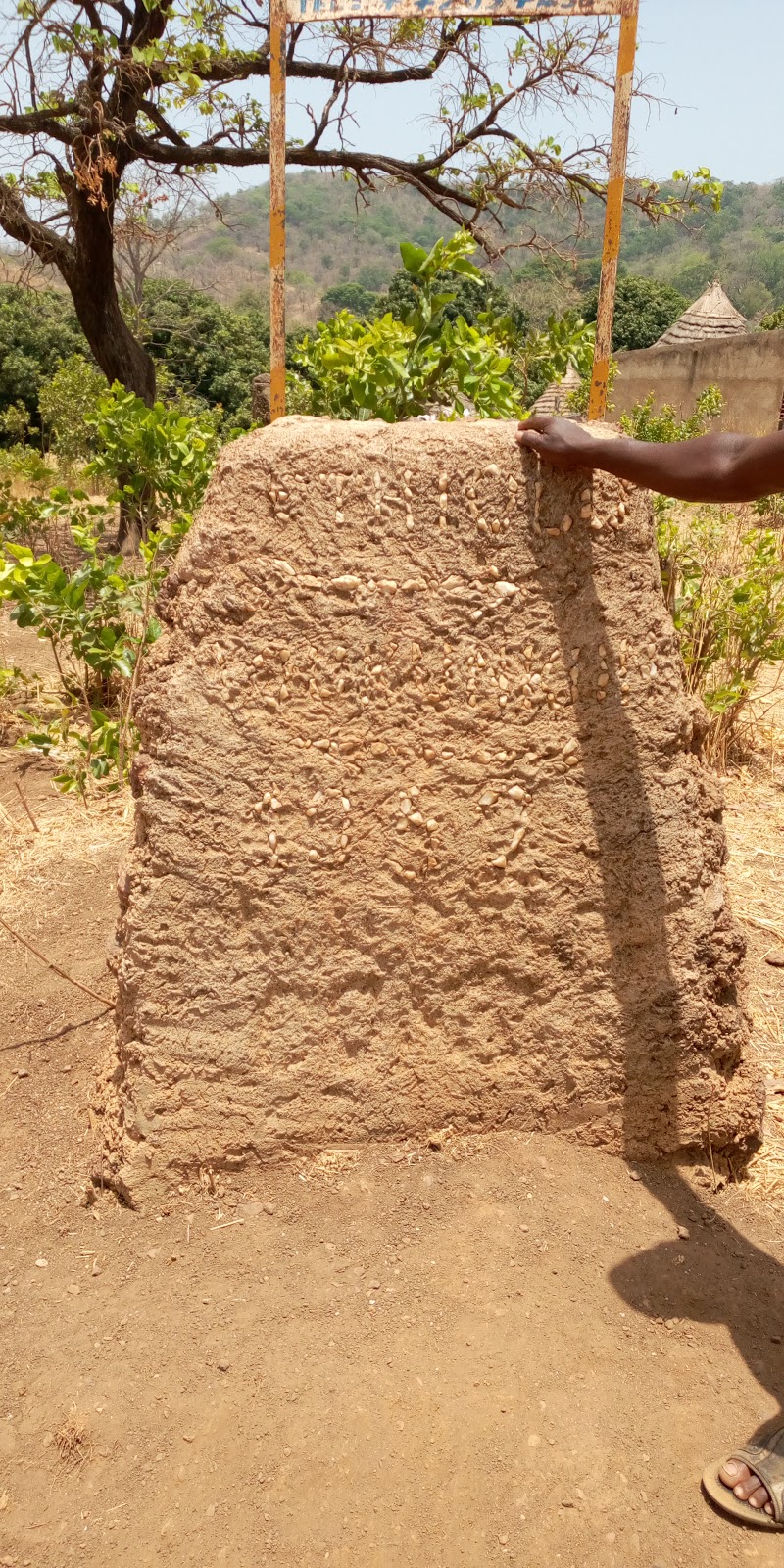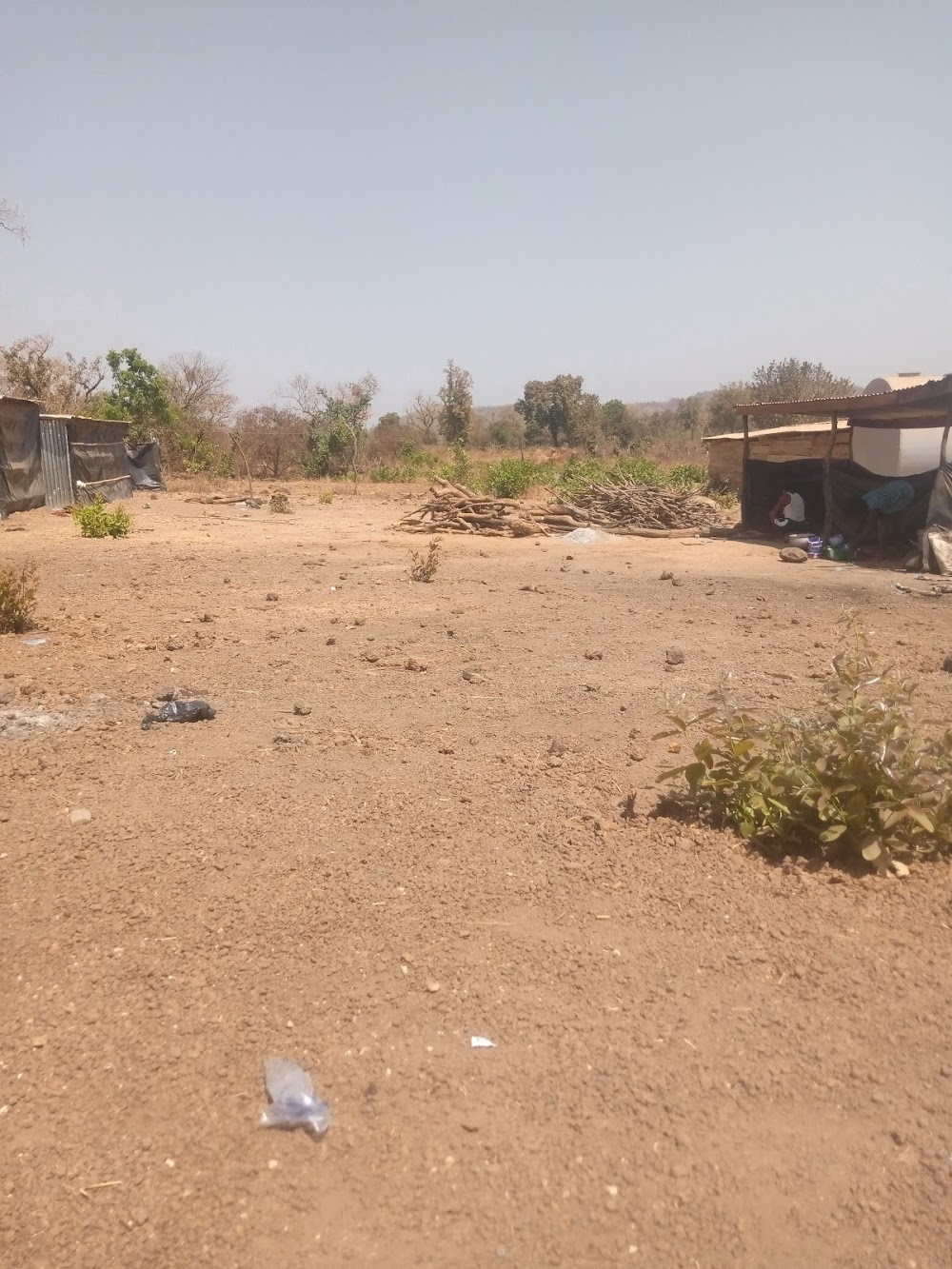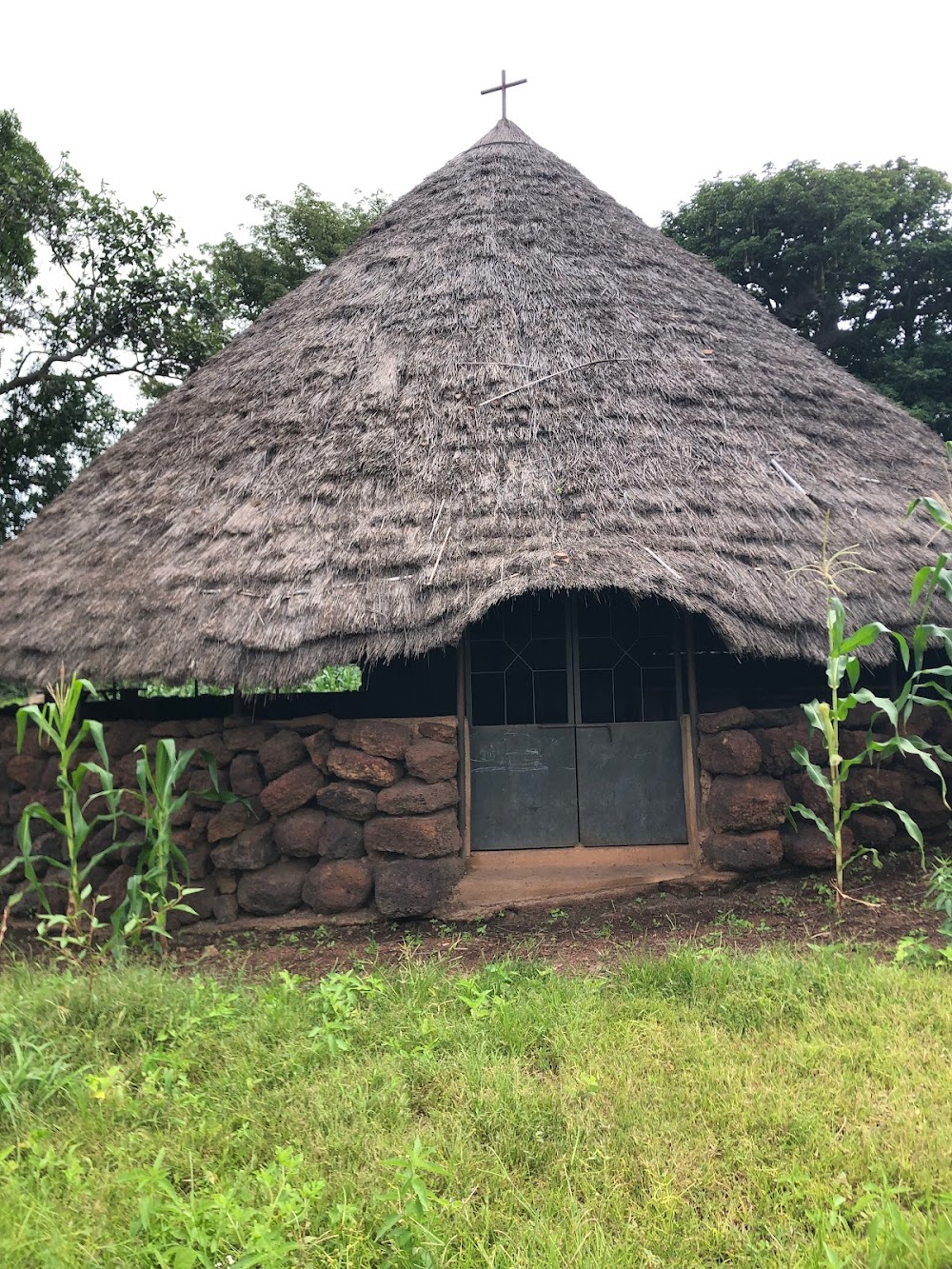Gambia River (Fleuve Gambie)
Overview
In the southeastern part of Senegal lies the enchanting city of Kédougou, beautifully positioned near the banks of the Gambia River. Known locally as the River Gambie, this magnificent waterway is integral to the life and history of Kédougou and its surrounding region.
The Gambia River stretches approximately 1,120 kilometers, originating in the Fouta Djallon highlands of Guinea, flowing through Senegal, and ultimately emptying into the Atlantic Ocean in The Gambia. Kédougou, situated near the upper reaches of this vital river, reaps significant benefits from its proximity, providing both sustenance and livelihood to its inhabitants.
The formation of the Gambia River is a testament to nature's artistry, having been shaped over millions of years through natural processes. As it carved its route through the landscape, the river eroded rocks and soil, creating its distinctive meandering paths and fertile floodplains. High in the lush mountains, myriad small streams and tributaries converge to give rise to this mighty river, marking the beginning of its remarkable journey.
In Kédougou, the river is not just a geographical feature; it is central to the community's way of life. Historically, the Gambia River has been a vital source of fish, providing an abundant supply that sustains local diets and bolsters the economy. Traditional fishing methods, utilizing simple yet effective techniques such as nets and traps crafted from local materials, are passed down through generations, ensuring the community thrives alongside this life-giving waterway.
Agriculture also plays a crucial role in Kédougou's economy, with the river's floodplains providing essential nutrient-rich silt. These seasonal floods replenish the soil's fertility, facilitating the cultivation of staple crops like rice, maize, and millet. Farming families often collaborate in cooperative groups, sharing knowledge and labor to enhance their harvests, which fosters a strong sense of community.
Beyond its practical benefits, the Gambia River holds cultural significance for the people of Kédougou. It inspires local legends, infuses traditional songs, dances, and rituals, and is regarded as a symbol of unity and continuity. The river is seen as a life-giving force, deeply woven into the cultural fabric of the community.
As Kédougou embraces modern development, infrastructure has been constructed to further harness the river's potential. Initiatives such as small dams and irrigation projects have been implemented to support agriculture and provide water for domestic purposes, all while ensuring the river's natural flow and surrounding ecosystem remain undisturbed.
There is also a growing emphasis on sustainable tourism in the region, with the Gambia River serving as a focal point. Eco-tours and guided river trips invite visitors to immerse themselves in the natural beauty and cultural richness of Kédougou and its surroundings. These initiatives aim to boost the local economy while prioritizing environmental preservation and cultural heritage.
The health of the river is paramount, prompting local and international organizations to collaborate on monitoring and management efforts. Conservation programs focus on protecting the diverse ecosystems along the river, including the wildlife and plant species that depend on it. Educational campaigns raise awareness among residents and visitors alike about sustainable practices, ensuring the river remains a vital resource for future generations.
In conclusion, the Gambia River is much more than a mere body of water for the people of Kédougou. It is an essential element of their daily lives, a foundation for their economy, and a cornerstone of their cultural identity. Formed over eons, the river continues to shape the landscape and the lives of those who inhabit its banks. Efforts to protect and sustain this precious resource ensure that it remains a thriving and integral part of Kédougou for generations to come.







